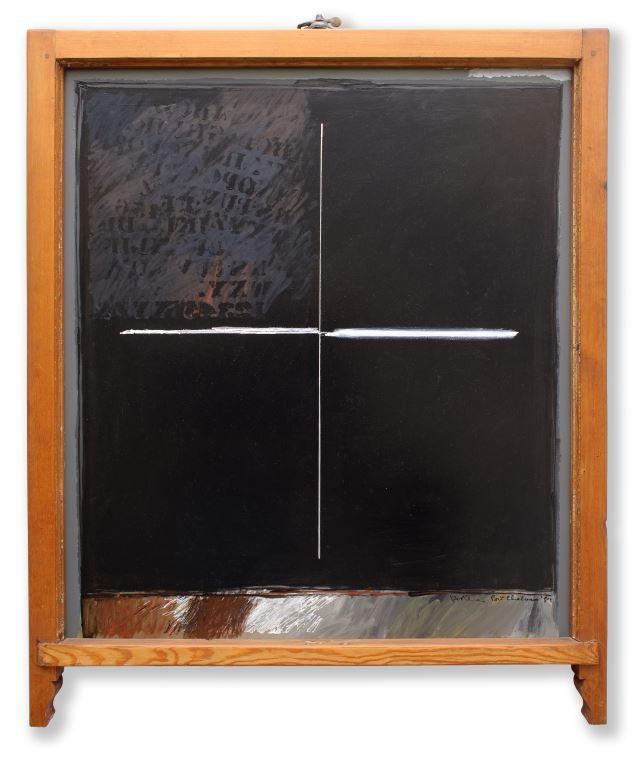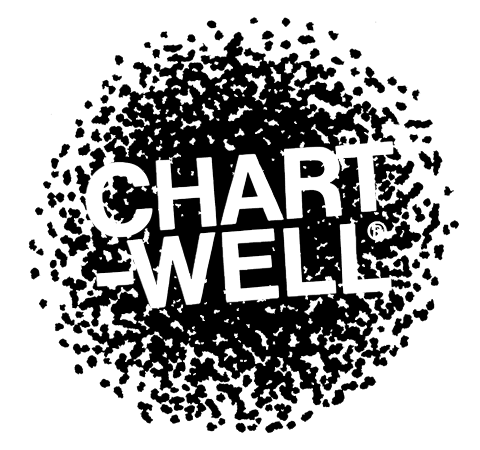Pacific Parallels: Artists and the Landscape in New Zealand

Ralph Hotere, Black Window - Towards Aramoana, 1981, Chartwell Collection, Auckland Art Gallery Toi o Tāmaki.
Pacific Parallels: Artists and the Landscape in New Zealand
-
Where
Memphis, Cedar Rapids, Lawrence, Washington, Evanston, San Diego, and Honolulu.
-
When
5 May 1991 - 28 February 1993
Pacific Parallels was a touring exhibition organised by The New Zealand–United States Arts Foundation to introduce American audiences to the distinctive tradition of landscape art in Aotearoa New Zealand, as represented by sixteen painters and photographers spanning two centuries: Rita Angus, Robert Ellis, Edward Fristrom, Eugene von Guerard, Ralph Hotere, John Johns, Richard Killeen, John Kinder, Doris Lusk, Colin McCahon, Anne Noble, George O’Brien, Christopher Perkins, Peter Peryer, Charles Tole, and Ruth Watson.
Curated by American scholar Dr. Charles C. Eldredge with Jim Barr and Mary Barr, the exhibition offered an American perspective on New Zealand art, revealing previously unexamined parallels between the artistic traditions of the two nations. Although New Zealand may not have a cohesive “school” of landscape art, the exhibition argued that landscape remains a deeply embedded subject in the country’s historical and contemporary art practices.
Pacific Parallels is positioned in the exhibition catalogue as an extension of Te Maori, the highly successful touring exhibition that had introduced American audiences to Māori art, and aimed to broaden this emerging appreciation of New Zealand’s unique cultural contributions. The exhibition brought together works from a wide range of public and private collections. Notably, this exhibition marked the Chartwell Collection’s first international lending arrangement, contributing two Ralph Hotere works: Black Window - Towards Aramoana and Aramoana Nineteen Eighty Four.
The exhibition catalogue includes a discussion of these two Hotere artworks:
“Although not landscapes in any conventional sense, the various Aramoana paintings draw their significance from the imperiled land and suggest the vitality of "landscape" (or nature's) inspiration, even in abstract images. Black Window - Towards Aramoana echoes the dark tones and simple forms of Hotere's minimalist works of the 1970s but here is given new piquancy by the conservationist imperative. The white cross, which bears connotations of suffering, cancels the "view" through the window frame; the visual tie to the land is also blocked by the tarry pitch suggestive of the smelter's emissions of cathode waste. Only in one quadrant is the black interrupted, with letters and numerals (stenciled in reverse, that is, "unnatural") and dark, fiery reds, suggestive of the smelter's fires in the night. In subject and format, the image parallels Donald Sultan's paintings of recent years, blackened, gridded evocations of industrial disasters and environmental calamity, but with an angrier mood. The slashing strokes at the bottom margin suggest Hotere's agitation, which grows more pronounced in Aramoana Nineteen Eighty Four, an Orwellian vision of ecological apocalypse.”
Pacific Parallels toured the following museums: Dixon Gallery and Gardens in Memphis, USA (5 May – 30 June 1991); Cedar Rapids Art Museum, Cedar Rapids, USA (8 August – 6 October 1991); Spencer Museum of Art at the University of Kansas, USA (3 November – 29 December 1991); Meridian House International, Washington, USA (2 February – 29 March 1992); Mary and Leigh Block Gallery at Northwestern University, Illinois, USA (4 July – 16 August 1992); San Diego Museum of Art, San Diego, USA (12 September – 25 October 1992); and the Honolulu Academy of Arts, Honolulu, USA (20 January – 28 February 1993).


